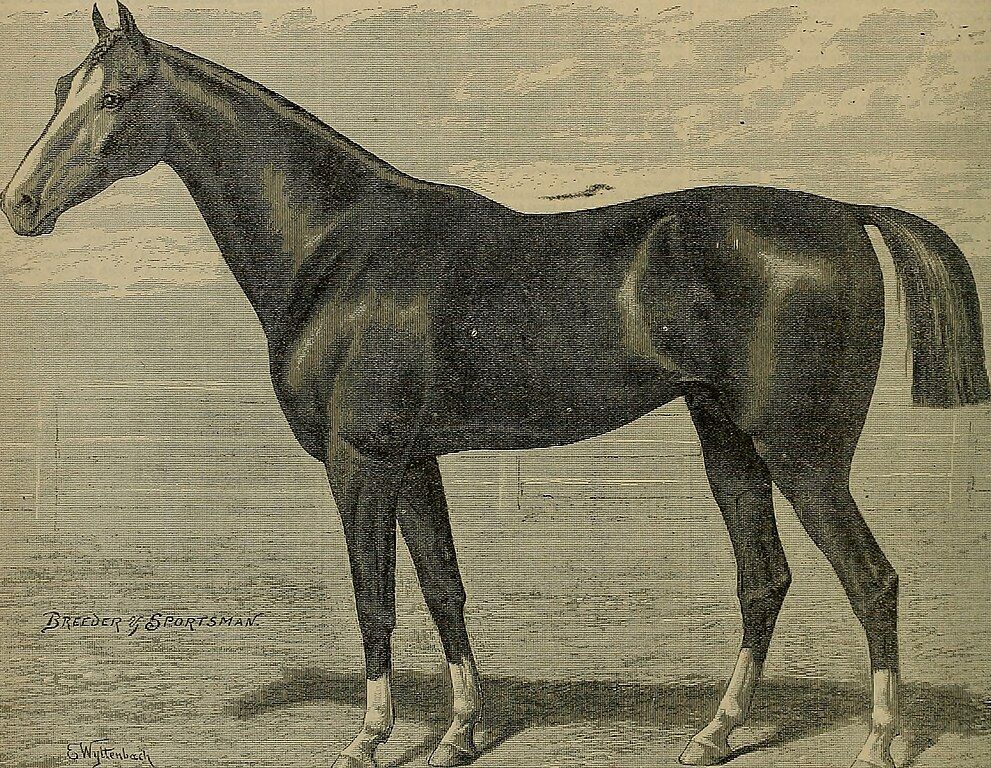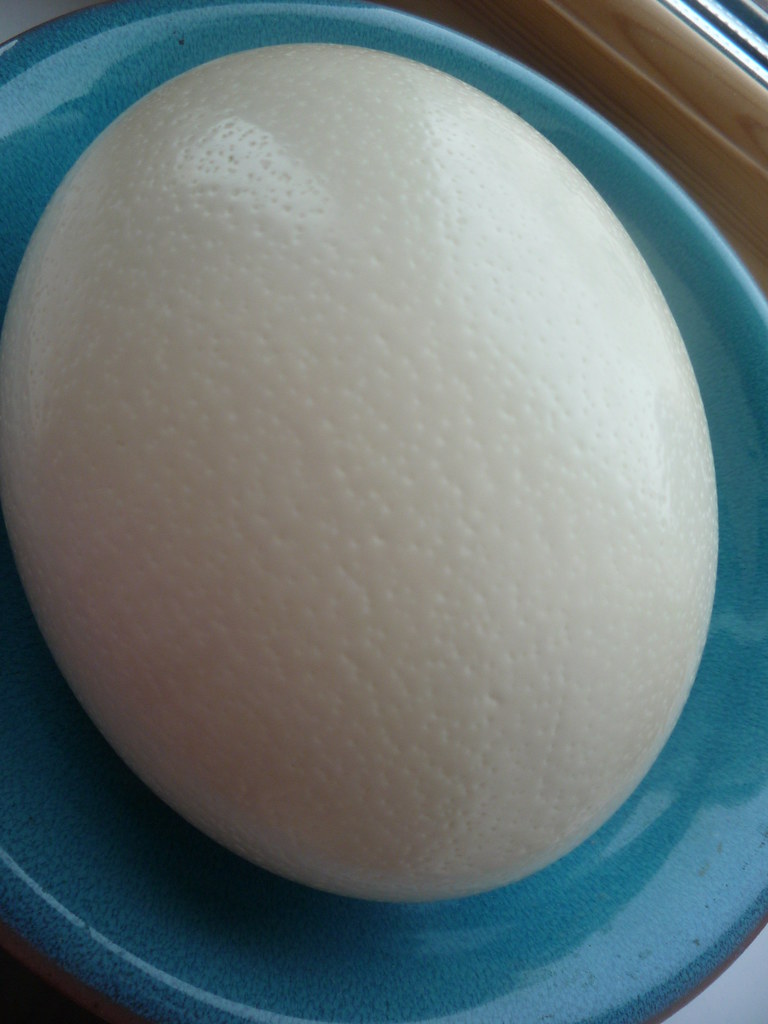Horses are not only majestic, with their flowing manes and thundering hooves, but they are also so intelligent that their need for communication in various ways is often astounding. One such revelation that has come into the sight of horse lovers and animal behaviourists alike is the finding of horses communicating that they want a jacket-or, more aptly, a blanket-on. This revelation also opens a window into not only the cognitive abilities of horses but also the practical aspects of their care during colder months.

The Considerations of Blanketing Horses
The debate on blanketing horses is not new, and for years, horse owners have quarreled over the necessity or lack thereof of blanketing their equine companions. A horse’s winter coat is designed to work just like insulation-trapping a layer of air close to the body and minimizing the amount of heat lost. This protection against cold, although amazingly effective, does have its limitations. If the coat becomes wet or muddy, it will lose much of its insulating properties and the horse will lose heat possibly becoming cold.
Whether to blanket a horse is dependent on many factors including weather, age, health status, and acclimation to cold weather. For example, blanketing is called for in the absence of shelter when temperatures or wind chill fall below 5 degrees Fahrenheit, or when there is a chance the horse may get wet from rain, ice, or freezing rain. Additionally, horses that have been body clipped for showing, are extremely young or elderly, have not become acclimated to cold temperatures, or are in poor health may also need the extra warmth of a blanket.
When blanketing, a proper fit is important. A poorly fitted blanket can chafe or sore a horse due to improper placement of straps. It is very important to choose the right size and often check and readjust the blanket to avoid twisting and damages. The horse blankets should be kept as dry as possible; never put a wet horse into a blanket until it has been totally dried off. On the other hand, during hotter days, the blankets must be taken off in order for the horse not to sweat and get wet under the blanket.
The decision to blanket also considers the horse’s natural hair coat. A thick, woolly coat has the capacity to retain more heat and sometimes it is better not to blanket. However, even relatively light rain of as little as 0.1 inch can markedly reduce coat insulating value by matting the hair and excluding air. Again, it becomes essential to keep the horse dry and out of rain.
The comments by Marcia Hathaway in the October 2012 issue of the University of Minnesota Horse Newsletter give very useful advice concerning blanketing horses. Hathaway reinforces such key ideas as shelter, fit, and under what conditions to blanket. Her recommendations regarding equine physiology and care reflect the general basis of horse owners in decision-making processes for their animals.
That horses could indicate a preference for wearing a blanket underlines the reason for their subtle cueing. This is a testament to the bonding between horses and humans, and the possibility of mutual understanding. This is time well spent learning more about how horses and other animals communicate, attending to their needs, and making them comfortable and healthy, be the season any.
The Significance and Advancements in Equine Care
The ability of horses to express their desire for a jacket is a fascinating development in our understanding of equine behavior. It serves as a reminder that these creatures are not just passive recipients of our care but active participants in their own well-being. As caretakers of these magnificent animals, it is our responsibility to listen to what they are telling us and to respond with the same attentiveness and compassion that they show us every day.
When considering the practicalities of blanketing horses, it’s essential to understand the ‘when’ and ‘how’ to do it correctly to ensure the comfort and health of these noble animals. The training of horses to communicate their desire for a jacket is a groundbreaking step in animal care, but it also brings to light the importance of understanding the nuances of equine care, especially in varying weather conditions.
The ‘when’ of blanketing is a critical decision that must be made with careful consideration of the weather, the horse’s age, health, and acclimatization to the climate. As Marcia Hathaway points out, blanketing is necessary when there is no shelter during cold weather, when the temperature or wind chill drops below 5 degrees Fahrenheit, or when there is a risk of the horse getting wet from rain, ice, or freezing rain. Additionally, horses that have been clipped, are very young or old, have not been acclimated to the cold, or are in poor health may also require the added protection of a blanket.
However, the decision to blanket should not be taken lightly. It is not just about throwing a cover over the horse and calling it a day. The fit of the blanket is paramount to prevent discomfort and potential injury. A blanket that is too tight can cause rub marks or sores, while one that is too loose can twist and cause damage. Regular inspections are necessary to ensure that the blanket remains in place and in good condition.
The blanket must be kept dry. A wet blanket can do more harm than good, as it can chill the horse rather than keep it warm. It is crucial to wait until the horse is dry before blanketing, and similarly, to remove the blanket during warmer periods to prevent the horse from sweating and becoming wet underneath. This attention to detail is what separates adequate care from excellent care.
The horse’s natural hair coat is an incredible insulator, and sometimes the best decision is not to blanket at all, especially for woolly horses with thicker coats. However, even a small amount of rain can reduce the coat’s insulating value, making it important to provide shelter from the rain and to blanket when necessary to keep the horse dry.

The practicalities of blanketing also extend to the care of the blanket itself. Blankets should be cleaned regularly to prevent the buildup of dirt and bacteria that can lead to skin infections. It’s also wise to have more than one blanket on hand so that a dry one is always available when needed.
In addition to the physical aspects of blanketing, it’s important to consider the psychological impact on the horse. Horses are creatures of habit, and any change in routine, such as the introduction of a blanket, can cause stress. It’s essential to introduce the blanket gradually and to monitor the horse’s behavior for signs of discomfort or irritation.
The training of horses to communicate their desire for a blanket is a remarkable achievement that underscores the importance of understanding and responding to the needs of our equine companions. It is a clear indication that horses are not just passive recipients of our care but are capable of participating in their own well-being.
As we move forward, it is our responsibility to continue to learn from these intelligent creatures and to refine our practices to ensure their comfort and health. The insights from Marcia Hathaway and the lessons learned from the trained horses serve as a guide for horse owners and caretakers to make informed decisions about blanketing.
In the grand tapestry of equine care, the ability to communicate with our horses about their needs is a thread that weaves together understanding, compassion, and respect. It is a dialogue that enriches the bond between human and horse, and it is one that we must continue to nurture with every fiber of our being.
The art of blanketing is a testament to the intricate relationship we share with these magnificent creatures. It is a balance of knowledge, care, and attentiveness that ensures our horses are not only protected from the elements but are also given the respect and dignity they deserve. As we wrap up our thoughts on this subject, let us carry forward the message that the well-being of our horses is a reflection of our own humanity and our willingness to listen to those who may not speak our language but have much to say.
Related posts:
The Reason for Blanketing Horses



